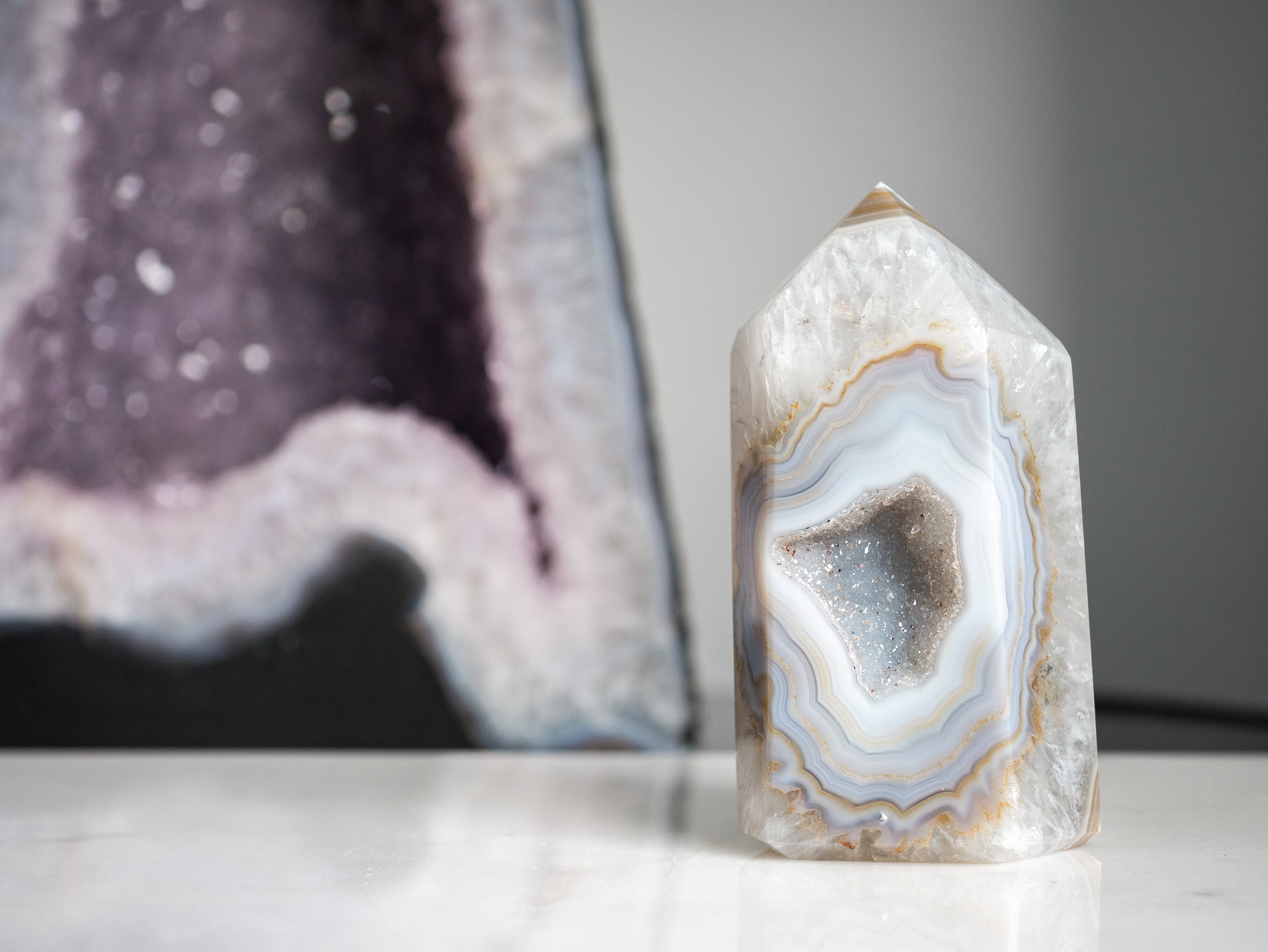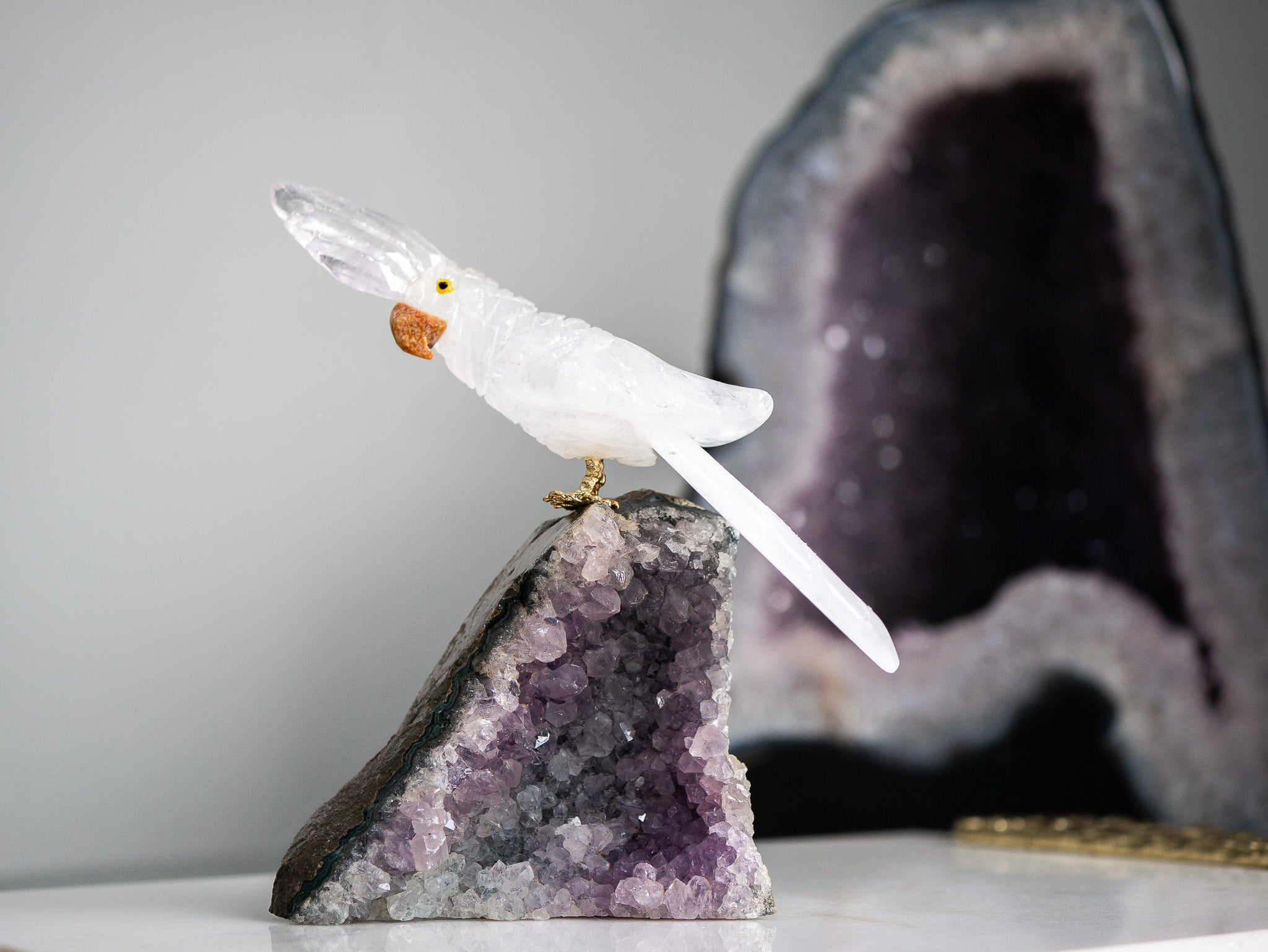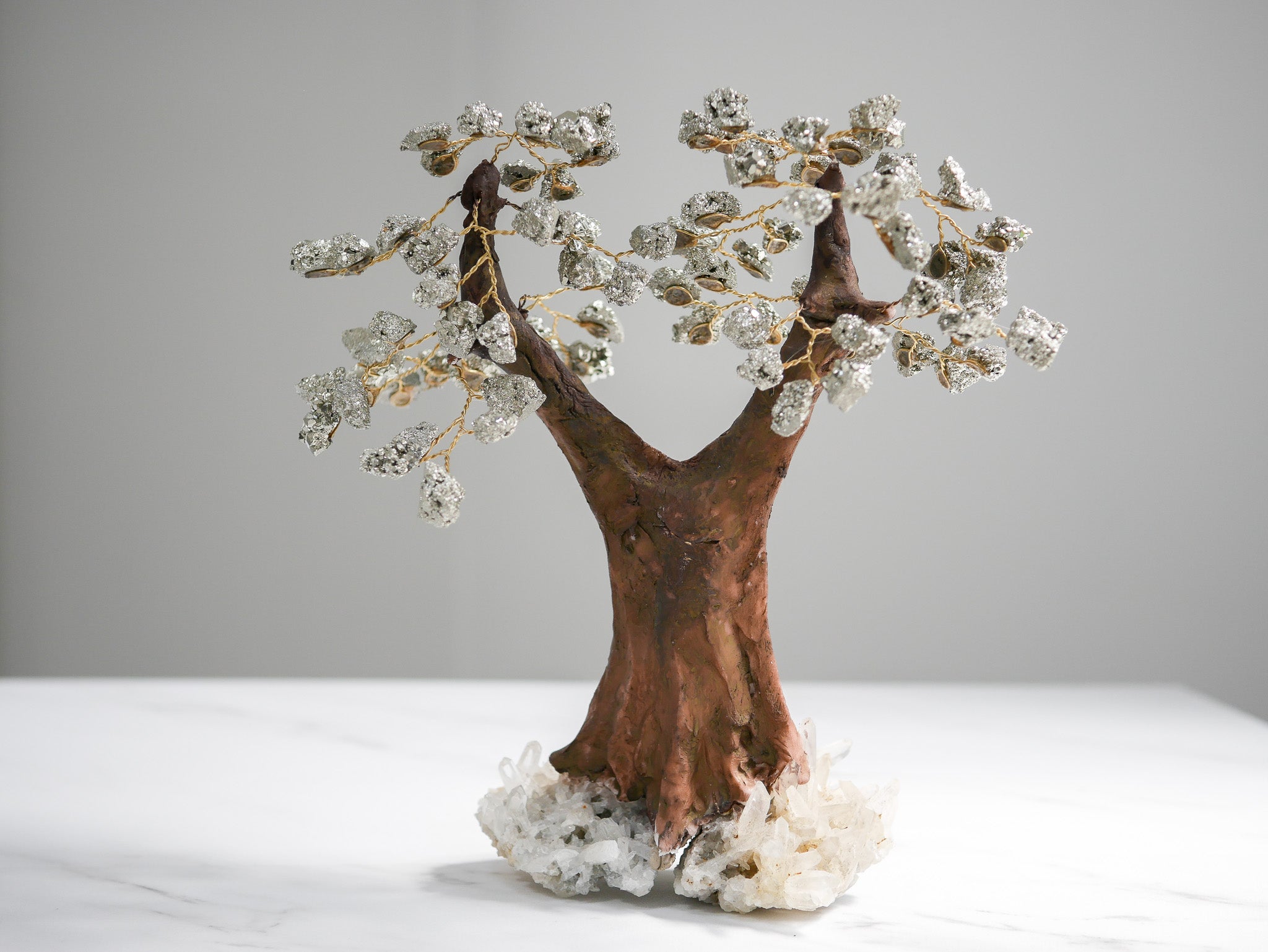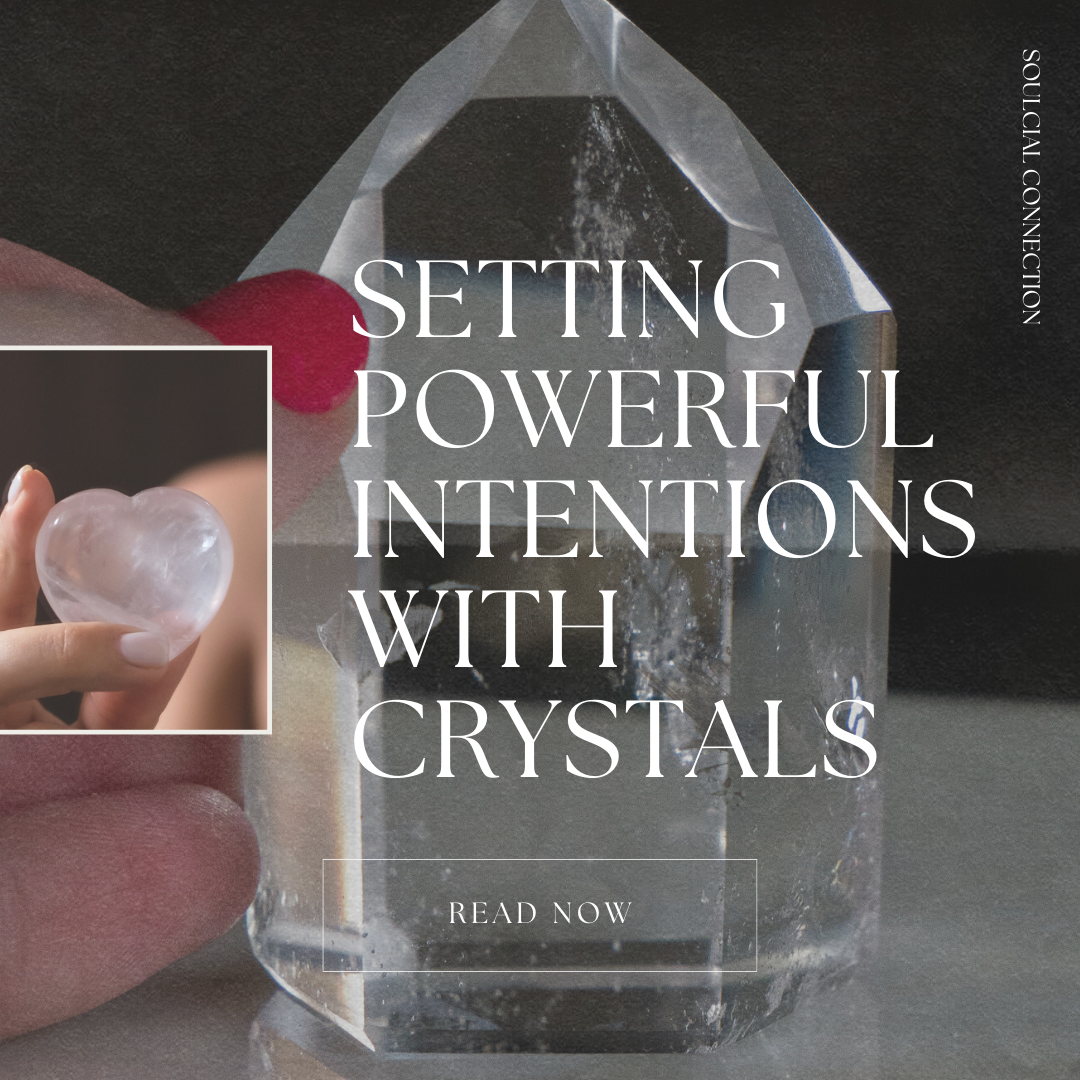A Beginner's Guide To Meditation
Meditation is a practice that involves training the mind to focus on the present moment, and to become more aware of our thoughts, feelings, and sensations. It has been used for thousands of years in various cultures and traditions as a way to promote physical, mental, and spiritual well-being.
The benefits of meditation have been studied extensively, both from a scientific and metaphysical perspective. Scientific studies have shown that regular meditation practice can help to reduce stress, anxiety, and depression, as well as improve focus, memory, and overall cognitive function. Metaphysically, meditation has been linked to increased self-awareness, emotional healing, and spiritual growth. Learning to meditate is a simple process that can be done by anyone, regardless of age, fitness level, or spiritual background.
While meditation can certainly help us to calm our minds and bodies, it's important to remember that this practice is not about escaping from reality or magically making our problems disappear. Rather, meditation offers us a powerful tool for shifting our perspectives and gaining new insights into the issues we face. By bringing our awareness to the present moment, we can learn to observe our thoughts and emotions without judgment, and cultivate a greater sense of compassion, acceptance, and gratitude. Through regular meditation practice, we can begin to see our problems from a more loving, aligned, and empowering perspective, and develop the inner resilience and strength to face them with courage and grace.
Learning to meditate is a relatively simple process that can be done in a variety of ways. There are many guided meditation apps, classes, and videos available online that can teach you the basics. Additionally, you can start with just a few minutes of deep breathing or mindful awareness each day and gradually build up to longer periods of meditation. You can practice mindfulness in the most simple ways while doing household chores like washing the dishes or folding laundry and even taking a walk or sitting outside and observing your surroundings.
There are many types of meditation and different techniques that work better for different people. However, here are 10 popular types of meditation:
- Mindfulness meditation: This type of meditation involves focusing on the present moment, often by focusing on the breath and observing thoughts and feelings without judgment.
- Guided meditation: This type of meditation involves following a guided recording or teacher's instructions to promote relaxation and focus.
- Walking meditation: This type of meditation involves walking slowly and mindfully, focusing on the sensations of the body and the environment.
- Breath awareness meditation: This type of meditation involves focusing on the breath and observing each inhale and exhale.
- Sound bath meditation: This type of meditation involves being bathed in soothing sounds, such as singing bowls, gongs, or chimes, to promote relaxation and healing.
- Yoga meditation: This type of meditation involves practicing physical postures (asanas) in combination with deep breathing and meditation.
- Body scan meditation: This type of meditation involves lying down and focusing on each part of your body, scanning for any sensations or tension and releasing it.
- Chakra meditation: This type of meditation involves focusing on each of the seven chakras, or energy centers, in the body.
- Visualization meditation: This type of meditation involves creating a mental image of a peaceful place or scenario and focusing on it to promote relaxation and calmness.
- Progressive muscle relaxation: This type of meditation involves tensing and releasing each muscle group in the body, promoting relaxation and reducing tension.
As you can see, meditation is not a complicated practice and there are many techniques to play with. It doesn't require any special equipment or a huge time commitment - it simply takes the willingness to start and to be present with yourself. Through meditation, you can build resilience and connect with your soul in a profound way. By taking small steps and committing to a regular practice, you will begin to see changes in your life.
Remember, "small steps turn into miles." Enjoy the journey!








Leave a comment